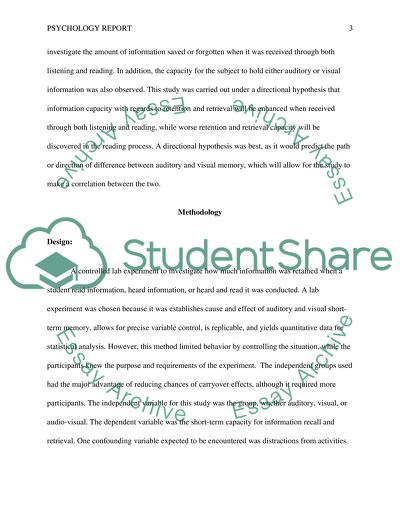Cite this document
(“Psychology report Lab Example | Topics and Well Written Essays - 1500 words”, n.d.)
Retrieved from https://studentshare.org/psychology/1629868-psychology-report
Retrieved from https://studentshare.org/psychology/1629868-psychology-report
(Psychology Report Lab Example | Topics and Well Written Essays - 1500 Words)
https://studentshare.org/psychology/1629868-psychology-report.
https://studentshare.org/psychology/1629868-psychology-report.
“Psychology Report Lab Example | Topics and Well Written Essays - 1500 Words”, n.d. https://studentshare.org/psychology/1629868-psychology-report.


